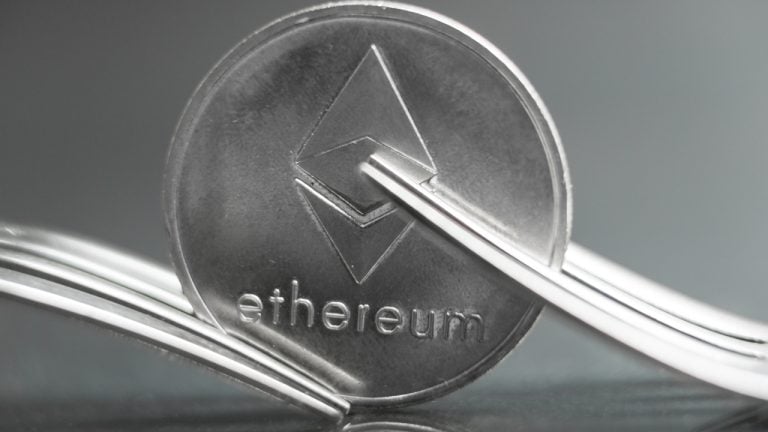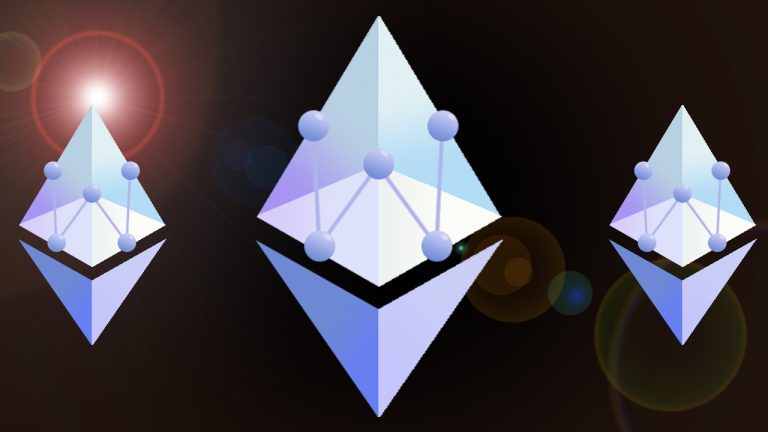
Fidelity’s spot Ether ETF led the pack with $115.5 million worth of inflows on Nov. 11, while BlackRock, Grayscale and Bitwise’s Ether ETFs also saw inflows.
The United States spot Ether exchange-traded funds (ETFs) recorded their biggest day of inflows in history, as the crypto market continues to rally after Trump’s election victory.
The ETFs, which launched in July, recorded $294.9 million in inflows on Nov. 11 — smashing the previous record of $106.6 million on launch day.
The Fidelity Ethereum Fund (FETH) led the pack with $115.5 million in inflows — a record for the fund — while the BlackRock-issued iShares Ethereum Trust ETF (ETHA) was second with $100.5 million, according to Farside Investors and preliminary data from crypto news aggregator Tree News.










